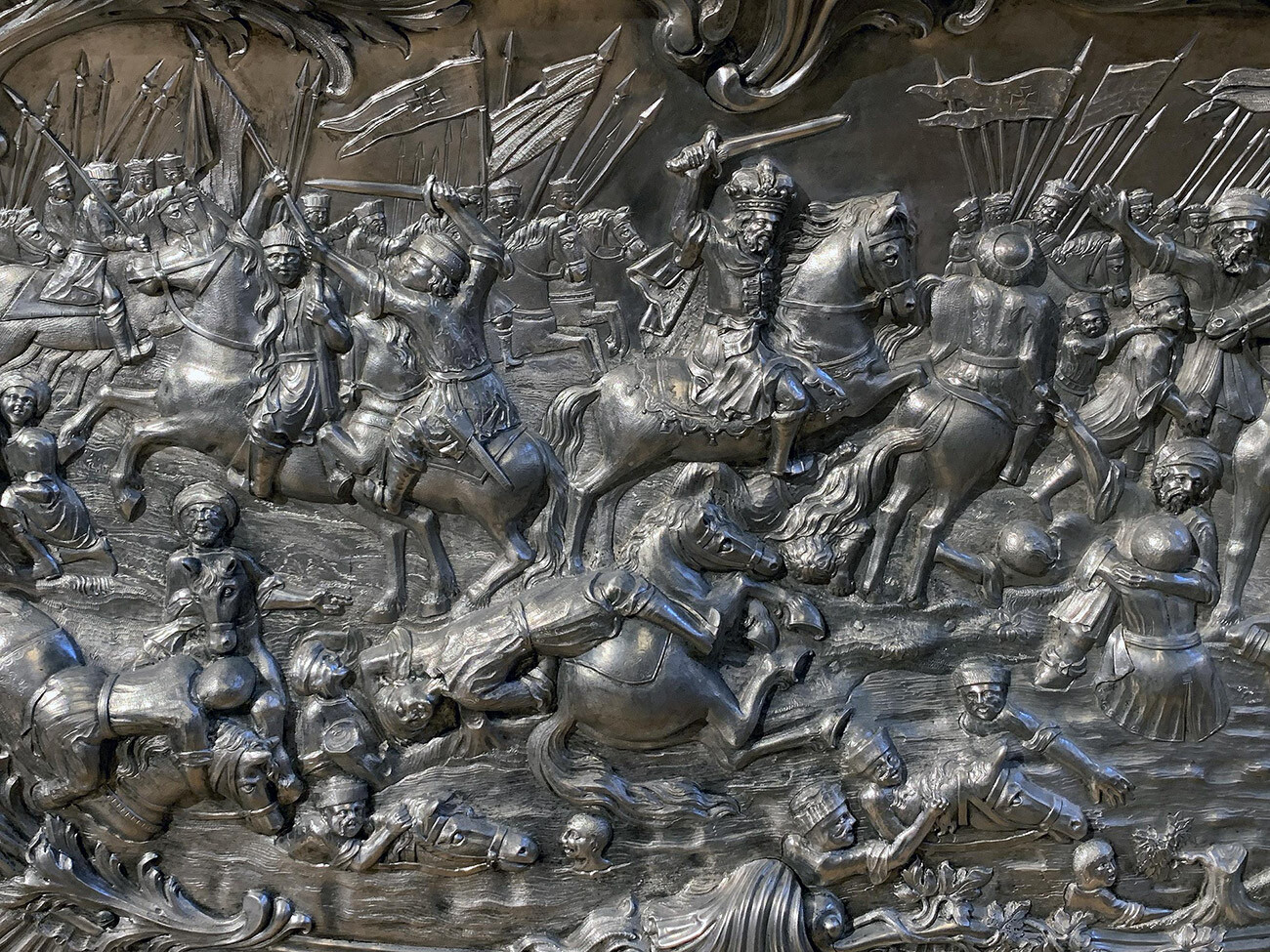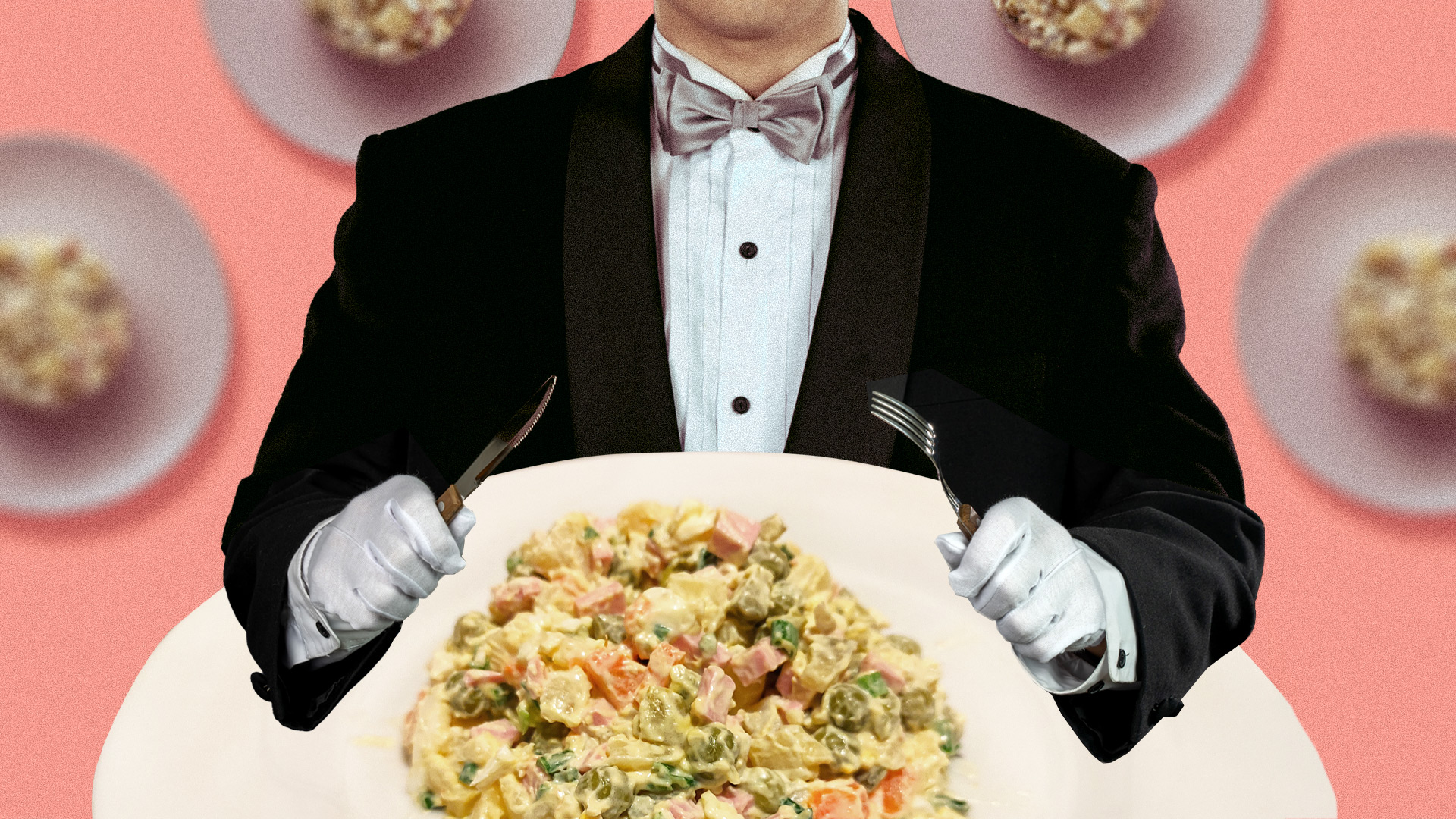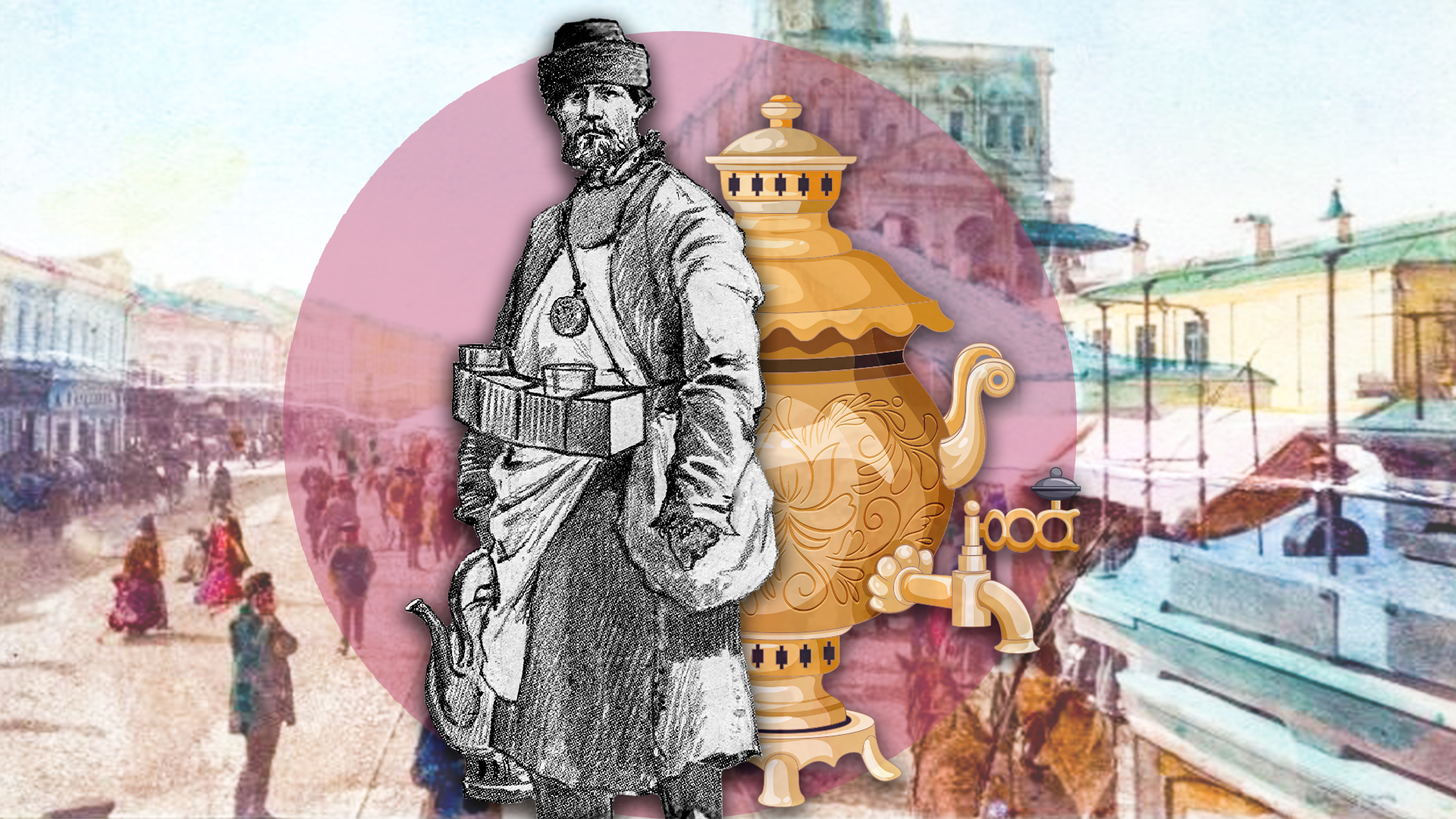
Alexander Nevsky’s shrine: Why Petersburg relic is leaving the Hermitage

1. Alexander Nevsky was a medieval Russian prince and now is a venerated saint
 Saint Alexander Nevsky. A fresco in the Cathedral of the Archangel in the Moscow Kremlin
Saint Alexander Nevsky. A fresco in the Cathedral of the Archangel in the Moscow Kremlin
Russian Prince Alexander Nevsky (1220-1263) was best known for his successful campaigns against foreign invaders who attacked Russia from both the East and West. He never lost a single battle. Especially memorable is his victory over the Livonian Order in the 1242 Battle on the Ice. A heroic aureole of the defender of Russia was formed around Nevsky, which was maintained even in Soviet times – at the request of the authorities, film director Sergei Eisenstein shot his epic ‘Alexander Nevsky’.
 A still from 'Alexander Nevsky'
A still from 'Alexander Nevsky'
Nevsky also fought off a Mongol invasion. According to various sources, he corresponded with the Pope, who offered to help him in exchange for the submission of Russia to the papal throne. However, Alexander refused, and continued to fight on his own. That is how he became known as the defender of Russian Orthodoxy from the Vatican. In 1547 Nevsky was canonized as a Russian Orthodox saint.
2. Nevsky’s shrine is one of the most important relics of the Russian Orthodox Church
In the Christian tradition, remains of the saints are held in special shrines in the form of a coffin or casket (in Russian they are called “рака” (‘raqa’, from the Latin arca) for believers to visit. Alexander Nevsky’s shrine is one of the most famous and most venerated in the Russian Orthodox Church, along with that of St. Sergius of Radonezh.
 A smaller sarcophagus made in 1695 by Moscow master N. M. Pshenichny
A smaller sarcophagus made in 1695 by Moscow master N. M. Pshenichny
Alexander Nevsky was buried in the Nativity Monastery in the city of Vladimir. According to some chronicles, his remains miraculously survived the fire of 1491 and that became one of the reasons for his canonization. Legends began to circulate about the miraculous qualities of Alexander's remains. In 1695 a new gilded reliquary with a covering of cherry velvet was created for relics in Moscow.
3. Peter the Great built a special monastery in St. Petersburg to hold the relics
 The shrine in the Alexander Nevsky Lavra, a 1890 lithograph
The shrine in the Alexander Nevsky Lavra, a 1890 lithograph
In 1703 Peter the Great founded the new capital for Russia, St. Petersburg. Along with Saint Peter, he “appointed” Saint Alexander Nevsky as the city’s patron saint. The reasoning behind the move was the fact that very nearby the prince had defeated the Swedes in the Battle on the Neva in 1240. In 1723 Peter the Great ordered to deliver the reliquary from Vladimir to Petersburg, and the Alexander Nevsky monastery was constructed specially for it (soon receiving an honorary status of Lavra).
4. It’s not just a coffin, but a whole monument complex
 Alexander Nevsky’s shrine in 1910s
Alexander Nevsky’s shrine in 1910s
During the reign of Empress Elizabeth (daughter of Peter the Great) in the mid-18th century, a new reliquary for the saint's remains was made. It was reminiscent of the Catholic monument reliquaries in the pompous Baroque style. The finest court artists and silversmiths were involved in the work, with the sarcophagus requiring the use of 1.5 tons of silver.
 The coffin with the remains, forming part of the complex
The coffin with the remains, forming part of the complex
The artwork consisted of a five-tiered pyramid depicting Alexander Nevsky himself and bas-reliefs with scenes from his life. The ensemble also includes two pedestals with war trophies and two candlesticks. The older, smaller shrine was placed inside the new one.
 Batal bas-reliefs
Batal bas-reliefs
The shrine was not only a holy site for the believers, but also an important city attraction, which drew the attention of foreign travelers.
5. The Bolsheviks opened up the shrine
 Dismantling the headboard of the shrine in 1922
Dismantling the headboard of the shrine in 1922
In 1922, after the Revolution, the Bolsheviks initiated the anti-religious campaign and the confiscation of the church treasures. They publicly opened Alexander Nevskiy's tomb, expecting not only to withdraw the precious treasures, but to also dispel the miraculous aura around the relic. They wanted to send the silver construction to be melted down.
 Church valuables removed from the Alexander Nevsky Lavra (the photo shows a smaller shrine taken out of a large one)
Church valuables removed from the Alexander Nevsky Lavra (the photo shows a smaller shrine taken out of a large one)
However, St. Petersburg museum officials convinced the Bolsheviks to preserve the silver shrine complex as this monument had a global artistic value. So, it was given to the Hermitage, where it remained on permanent display, with only an interruption during World War II, when it was relocated. The remains themselves were transferred to the Museum of Religion and Atheism located in the Kazan Cathedral in St. Petersburg, but in 1989 they were returned to Alexander Nevsky Lavra.
 The Silver Shrine of St Alexander Nevsky on display at the Hermitage
The Silver Shrine of St Alexander Nevsky on display at the Hermitage
The idea of returning the shrine to the Church was first raised in 2000. Believers considered the public display of the shrine in a museum to be blasphemous.
 Trinity Cathedral of Alexander Nevsky Lavra
Trinity Cathedral of Alexander Nevsky Lavra
On May 10, 2023, the Hermitage and Alexander Nevsky Lavra signed a contract for the transfer of the Alexander Nevsky Tomb memorial complex for gratuitous temporary use for 49 years with the possibility of extending this term.













